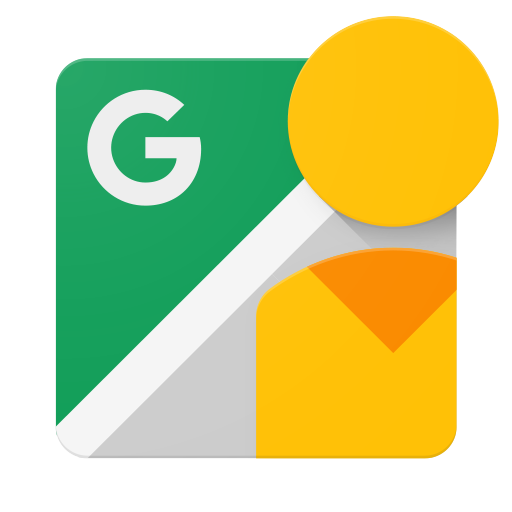Wszystkie żądania wysyłane do interfejsu Google Street View Publish API muszą być uwierzytelnione. Przesłane nowe zdjęcia zostaną przypisane do konta Google uwierzytelnionego użytkownika.
Każde żądanie wysyłane przez aplikację do interfejsu Street View Publish API musi zawierać token autoryzacji. Token stanowi też dla Google identyfikator aplikacji.
Informacje o protokołach autoryzacji
Twoja aplikacja musi autoryzować żądania za pomocą protokołu OAuth 2.0. Inne protokoły nie są obsługiwane. Jeśli aplikacja używa funkcji Zaloguj się przez Google, niektórymi aspektami autoryzacji nie musisz się zajmować.
Autoryzowanie żądań za pomocą protokołu OAuth 2.0
Wszystkie żądania wysyłane do interfejsu Google Street View Publish API muszą być autoryzowane przez użytkownika.
Szczegóły procesu autoryzacji z użyciem protokołu OAuth 2.0 różnią się nieznacznie w zależności od rodzaju projektowanej aplikacji. Do większości typów aplikacji ma zastosowanie ten ogólny proces:
- Gdy tworzysz aplikację, rejestrujesz ją, korzystając z konsoli interfejsów API Google. Następnie Google przekazuje informacje, które są potrzebne później, takie jak identyfikator klienta i tajny klucz klienta.
- Aktywuj interfejs Google Street View Publish API w konsoli interfejsów API Google. (jeśli interfejsu API nie ma na liście w konsoli, pomijasz ten krok).
- Gdy Twoja aplikacja potrzebuje dostępu do danych użytkownika, prosi Google o konkretny zakres dostępu.
- Google wyświetla użytkownikowi ekran zgody z prośbą o autoryzowanie dostępu aplikacji do niektórych danych.
- Jeśli użytkownik wyrazi zgodę, Google przekazuje Twojej aplikacji ważny przez krótki czas token dostępu.
- Aplikacja żąda danych użytkownika i dołącza do żądania token dostępu.
- Jeśli Google uzna, że żądanie i token są prawidłowe, przesyła dane, o które prosisz.
Niektóre procesy obejmują dodatkowe kroki, takie jak wykorzystanie tokenów odświeżania do uzyskania nowych tokenów dostępu. Szczegółowe informacje o procesach obowiązujących w przypadku różnych typów aplikacji znajdziesz w dokumencie Google na temat protokołu OAuth 2.0.
Oto zakres danych protokołu OAuth 2.0 dla interfejsu Google Street View Publish API:
| Zakres | Znaczenie |
|---|---|
https://www.googleapis.com/auth/streetviewpublish |
Uprawnienia do odczytu/zapisu. |
Aby poprosić o dostęp przy użyciu protokołu OAuth 2.0, aplikacja potrzebuje danych z zakresu oraz informacji przekazywanych przez Google po zarejestrowaniu aplikacji (takich jak identyfikator klienta i tajny klucz klienta).
Wskazówka: biblioteki klienta interfejsów API Google mogą wykonać niektóre procesy autoryzacji za Ciebie. Są dostępne dla różnych języków programowania. Więcej szczegółów znajdziesz na stronie z bibliotekami i próbkami.

